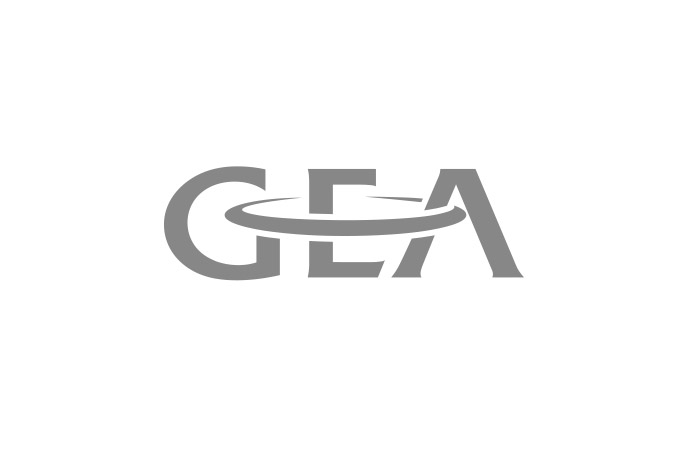In a presentation given at a UN regional meeting in Istanbul last week, PepsiCo explained its 3 strategic initiatives to reduce greenhouse gas emissions from its cooling equipment, including the use of hydrocarbon refrigerants. Since 2009, Turkey has been the first country using hydrocarbons for all new Pepsi coolers put on the market.

The United Nations Regional Ozone Networks for South Asia and for Europe & Central Asia met jointly in Istanbul, Turkey to promote inter-regional cooperation between South-Asian, Central Asian, Caucasus and Balkan countries.
The meeting allowed Ozone Officers from more than 30 countries to exchange their experience in phasing-out the use of ozone-depleting substances (ODS) such as CFCs and HCFCs widely used in refrigeration equipment.
Mr. Soykan Dirik, the Marketing Equipment Manager from the European Division of Pepsico Turkey delivered the company’s vision about how to achieve energy savings in bottle coolers by using the environmentally friendly refrigerant R600a.
PepsiCo Turkey first switching to hydrocarbons for all new coolers
Since 2009, PepsiCo Turkey has been the first country using hydrocarbons for all new coolers put on the market. The transition was possible after PepsiCo briefed its suppliers that the company strategically supports hydrocarbons. The change was all the more desired due to the company’s concerns about its coolers electricity costs that needed to be reduced.
In Turkey, local suppliers were able to develop the appropriate equipment to meet the market needs. This, combined with the Pepsi in-house technical infrastructure to support hydrocarbons made the project a success. PepsiCo completed the project by adding an energy saving controller to reduce energy consumption by a further 20%.
To date, Pepsi is particularly satisfied with the following features of the hydrocarbon coolers:
PepsiCo has committed to prioritise environmental sustainability as a prerequisite for its cooling equipment, encompassing 3 strategic initiatives:
The meeting allowed Ozone Officers from more than 30 countries to exchange their experience in phasing-out the use of ozone-depleting substances (ODS) such as CFCs and HCFCs widely used in refrigeration equipment.
Mr. Soykan Dirik, the Marketing Equipment Manager from the European Division of Pepsico Turkey delivered the company’s vision about how to achieve energy savings in bottle coolers by using the environmentally friendly refrigerant R600a.
PepsiCo Turkey first switching to hydrocarbons for all new coolers
Since 2009, PepsiCo Turkey has been the first country using hydrocarbons for all new coolers put on the market. The transition was possible after PepsiCo briefed its suppliers that the company strategically supports hydrocarbons. The change was all the more desired due to the company’s concerns about its coolers electricity costs that needed to be reduced.
In Turkey, local suppliers were able to develop the appropriate equipment to meet the market needs. This, combined with the Pepsi in-house technical infrastructure to support hydrocarbons made the project a success. PepsiCo completed the project by adding an energy saving controller to reduce energy consumption by a further 20%.
To date, Pepsi is particularly satisfied with the following features of the hydrocarbon coolers:
- R600a operates at lower pressure than HFCs and take less charge. Due to the refrigerant charge reduction Pepsi reports a total of 292 metric tons of greenhouse gas emissions reduction per year.
- The hydrocarbon compressor is smaller and more efficient
- The coefficient of performance for R600a is higher than the most commonly-used f-gas R134a. Pepsi reports up to 30% of energy savings in this context.
PepsiCo has committed to prioritise environmental sustainability as a prerequisite for its cooling equipment, encompassing 3 strategic initiatives:
- Hydrofluorocarbons (HFC) free foam: Pepsi has eliminated chemical substances HFCs as a foaming agent from all its factories worldwide.
- Reduction of energy consumption: energy efficiency is achieved by using refrigeration equipment models, which are compliant with high energy standards. Pepsi also chooses its strategic suppliers of equipment on the basis of the latest environmentally-friendly technology that they are using.
- Using refrigerants with low climate impact: PepsiCo is also widely implementing the use of alternative refrigerants to reduce the warming impact from chemical refrigerants leaking out of the equipment. PepsiCo started its field trials with hydrocarbons in 2006 and the experience is now expanding to its global operations.
MORE INFORMATION
Related stories











